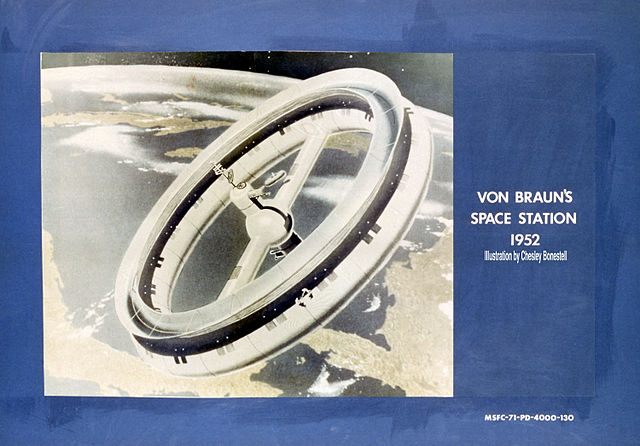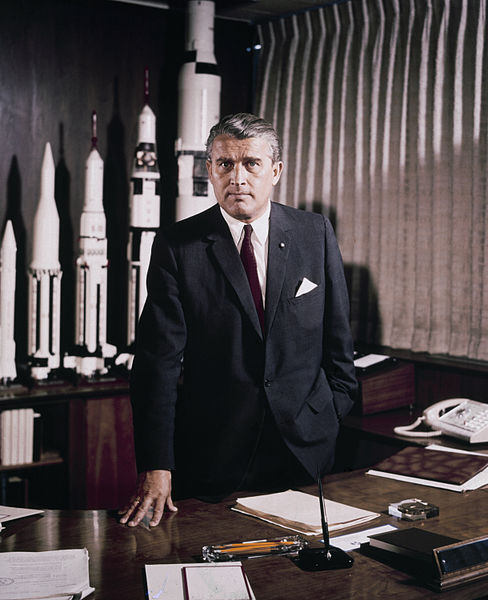Sergei Pavlovich Korolev was the lead Soviet rocket engineer and spacecraft designer during the Space Race between the United States and the Soviet Union in the 1950s and 1960s. He invented the R-7 Rocket, Sputnik 1, and was involved in the launching of Laika, Sputnik 3, the first human-made object to make contact with another celestial body, Belka and Strelka, the first human being, Yuri Gagarin, into space, Voskhod 1, and the first person, Alexei Leonov, to conduct a spacewalk.
Korolev in 1934
Korolev with his nanny Varvara Marchenko (1907)
Korolev in 1912
Korolev in 1925
The Space Race was a 20th-century competition between two Cold War rivals, the United States and the Soviet Union, to achieve superior spaceflight capability. It had its origins in the ballistic missile-based nuclear arms race between the two nations following World War II and had its peak with the more particular Moon Race to land on the Moon between the US moonshot and Soviet moonshot programs. The technological advantage demonstrated by spaceflight achievement was seen as necessary for national security and became part of the symbolism and ideology of the time. The Space Race brought pioneering launches of artificial satellites, robotic space probes to the Moon, Venus, and Mars, and human spaceflight in low Earth orbit and ultimately to the Moon.
Wernher von Braun's space station concept (1952)
Wernher von Braun became the United States' lead rocket engineer during the 1950s and 1960s.
The US stable of Explorer 1, Mercury, Gemini, and Apollo launch vehicles were a varied group of ICBMs and the NASA-developed Saturn IB rocket.
Replica of the first artificial satellite Sputnik 1, 1957








